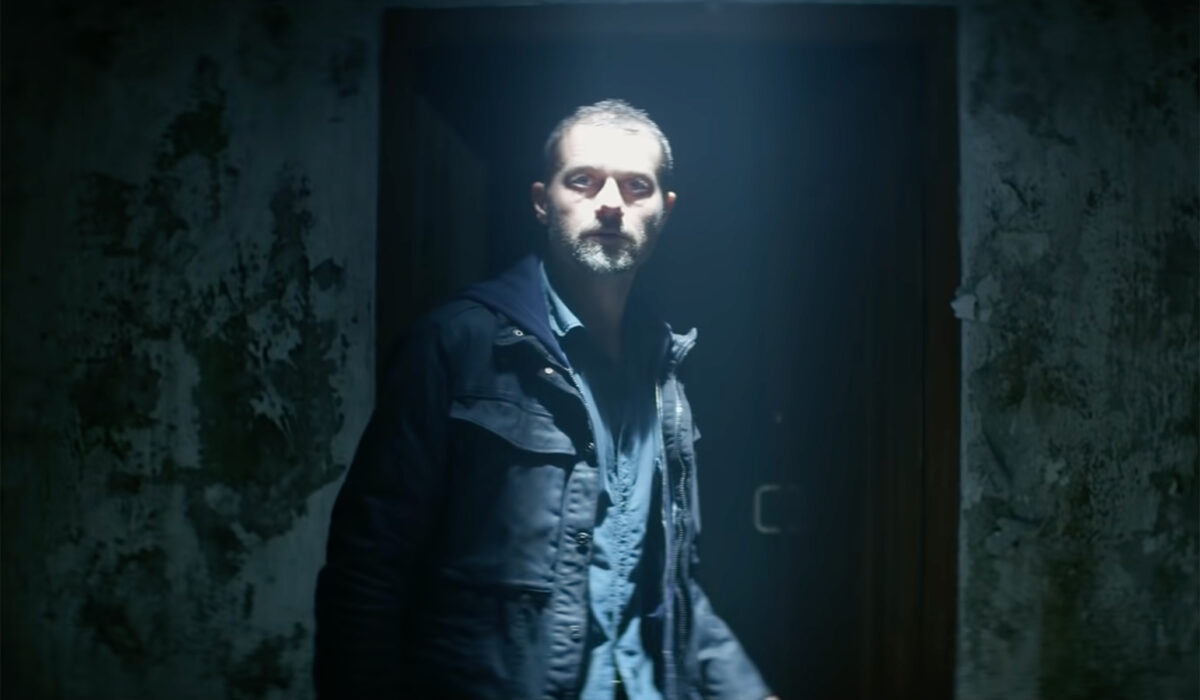The Empty Man: When Ideas Outrun Jumps
The Empty Man is a rare kind of horror that builds dread through concept and atmosphere instead of loud shocks. It asks you to sit with questions and let unease creep in, which makes it feel more unsettling than most genre entries. That deliberate pace is a big part of why it lingers.
The movie trusts suggestion over spectacle, using quiet moments and odd details to seed paranoia. Small, repeated elements accumulate until the normal world looks fragile, and that slow accumulation is where the real fear lives. It feels less like a scare factory and more like a slow leak of meaning.
Pacing matters here: scenes breathe, silence has weight, and the camera often watches from a distance. Viewers are invited to piece things together instead of being handed obvious answers. That approach rewards attention but can frustrate anyone expecting conventional horror beats.
Visually the film leans on shadow, empty spaces, and oddly framed shots to push mood. Those choices make ordinary rooms feel wrong, and ordinary people seem to carry secrets they do not fully understand. The result is atmosphere that presses on you long after a scene ends.
Sound design plays a quiet, crucial role, favoring subtle textures over sudden noise. Background hums, distant thumps, and the echo of empty places amplify anxiety without ever shouting for attention. Music and effects are tools to unsettle rather than to startle.
The story’s structural ambiguity is intentional, built to unsettle rather than to console. Plot threads can feel loose because the emphasis is on unease and implication, not tidy resolution. That boldness will divide viewers, but it also gives the film an unnerving staying power.
Character moments are often small and observational, which makes emotional beats feel more earned when they land. The film’s central tension comes from what is not explained, and that lack of explanation is what pushes scenes from eerie to disturbing. It uses human confusion as a mirror for the audience’s own unsettled state.
There’s a sense this film wants to be digested slowly, to be discussed afterward rather than consumed in a single thrill ride. It rewards repeat viewings because new details and patterns show up when you pay close attention. That layered quality is why it has developed a dedicated audience who appreciate idea-driven scares.
Not every viewer will love a horror movie that prizes implication over payoff, and that’s okay—this one isn’t made for everyone. For those who prefer mood, slow-burn tension, and conceptual dread, it stands out as a memorable experiment in how horror can work without relying on quick shocks. It proves that sometimes the most disturbing thing a film can do is make you think about fear differently.

